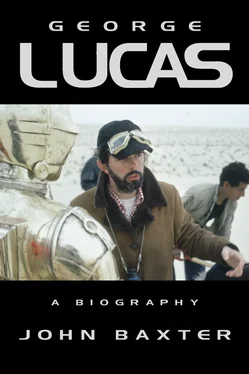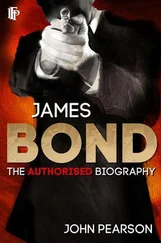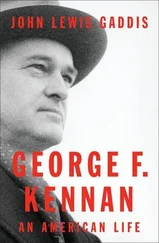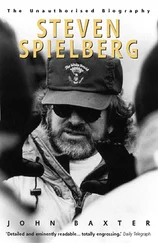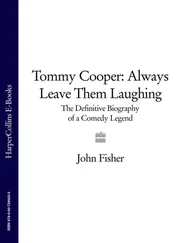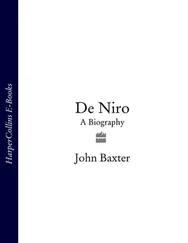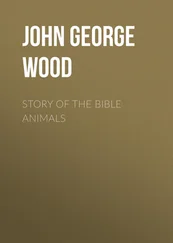The USC students helped one another because their instructors made it clear from the start that only results mattered. Not ignorance, nor sickness, nor acts of God excused failing to deliver an exercise on time. ‘A student would show his workshop project,’ says Richard Walter, ‘and someone would say, “Gee, that doesn’t make sense to me …” And the film-maker would go into a dissertation of explanations. “Well, that day the sound man didn’t show up, and the landlady came in and ran us out, and I just had time to get this one angle …” And the instructor would say, “Well, put it on a title card at the head of the film. Say, ‘This is why the movie is the way it is – because we had all these problems.’”’ To those in the class really listening, the moral was clear: in the outside world, excuses bought nothing. Later, Lucas would put the lesson into the mouth of Yoda, the Jedi master of The Empire Strikes Back . When Luke Skywalker says he’ll try to harness the power of the Force, the sage says, ‘ Try not. Do. Or do not. There is no try.’ What people took for Zen was really USC.
Nobody was more generous with assistance than Lucas. He recorded sound and helped edit Milius’s animated film, Marcello, I’m so Bored , and there were few USC films of the period in which he didn’t take a hand. Some people resented his dismissive manner and impatience with the maladroit. Finding Walter Murch developing film in the lab, Lucas told him he was doing it wrong. A native New Yorker, Murch already had a BA in art history and romance languages from Johns Hopkins before he arrived at USC in 1965 to do his masters in cinema. He’d studied Italian medieval art history in Perugia, and French literature and nineteenth-century art history in Paris. Fluent in French and Italian, tall, solemn, erudite, and irascible, he was, says Gary Kurtz, ‘quite control-freakish; perfect for an editor,’ and didn’t suffer criticism gladly. ‘Who’s this creep?’ he demanded. ‘Get out of here! What do you know?’
But Murch too became a devoted member of the Lucas team. Like Allen Grant before him and Francis Ford Coppola after, Murch was another elder-brother figure from whom Lucas could learn, and in whom in turn he could inspire the kind of personal loyalty that creates effective teams.
Lucas credits Murch for alerting him to the possibilities of sound. Like the new wave film-makers, most USC students didn’t much care about their soundtracks, providing the dialogue was improvised and the background sound recorded ‘wild,’ i.e. on the spot. But Lucas noticed how a good track could lure audiences: ‘The screen for the screening room was positioned against a hallway that led out onto a patio where everyone would congregate,’ he said. ‘The speakers would echo into the hallway and the sound would funnel out into the open space. You knew that if you had a film with a great soundtrack you could draw an audience into the room.’
While many other USC students goofed off, turned on or dropped out, Lucas continued to create ambitious films, and to win prizes with them in student film festivals all over the country. His enthusiasm for Jean-Luc Godard peaked at about the time Godard made a personal appearance at USC in 1966. His interest then switched to slicker, more professional movies.
Charley Lippincott watched the change at first hand. Lippincott had access to the documentaries of the National Film Board of Canada, then in its heyday, and often screened them. In 1965 the CNFB’s hottest cameraman was Jean-Claude Labrecque, who shot and directed a film about the Tour de St Laurent, a 1500-mile bike race. He called it 60 Cycles . A relentless exercise in style, 60 Cycles emphasized the bikes rather than the men who rode them. Much of it was shot with telephoto lenses that compressed the riders into an apparently motionless mass of furious pedalling humanity, or from a helicopter, so that they appear a single organism, slithering through a town like a snake. The music was mostly hard-driving rock, typified by the pumping organ riff of ‘Green Onions’ by Booker-T and the MGs.
‘I brought down 60 Cycles ,’ says Lippincott. ‘I may have shown it in directing class too. People were swept away, and George borrowed it, and flipped out over it. I had a terrible time getting it back. I had it for a week, and finally after a week and a half I pried it out of him. It got me in trouble with the Canadian consulate. But it fit George perfectly. The technical stuff with the lenses was so “George” that it was unbelievable.’ When the college acquired the latest 16mm camera, the Eclair NPR, Lucas seized it as his personal property.
Everyone at USC remembers Lucas’s films abandoning nouvelle vague casualness. He earned a reputation for high production values. ‘I had the feeling he had more money than us,’ says Don Glut, ‘because he was able to do things that we couldn’t do. He could get aerial shots; rent airplanes to get shots of race cars from the sky.’ The money for the ambitious touches in Lucas’s films came from his father, who had attended a student screening, and had been surprised by the respectful reaction of the laid-back and largely stoned audience to his son’s films. When they came on, kids murmured, ‘Watch this, it’s George’s film.’ Driving back to Modesto, George Sr conceded to his wife, ‘I think we may have put our money on the right horse.’
Already, the students were separating into those with grandiose ambitions and those resigned to taking a back seat, or dropping out altogether. During the summer, Walter Murch and Matthew Robbins had gone to England and, ‘in a farmer’s field,’ according to Lippincott, ‘had found an old Rolls-Royce, one of those ones with the open back seat. They brought it back and rebuilt it.’ Lucas surprised John Milius by telling him he’d met a man with a restored World War II P51 Mustang fighter. If Milius could think up a story that included one, he’d help him film it. ‘The rest of them didn’t think big,’ says Milius. ‘They were thinking about meeting some girl, and she was good-looking so they were going to put her in the film, and get to sleep with her. And if not, maybe she’d wear some revealing outfit in the film. Or they would imitate some French film, some avant-garde style. I would try and do it through convincing people. George would do it through nuts and bolts. I’d say, “Join me on this great crusade.” But George would know someone who had a race car, and he’d go out and persuade him to let him put the camera on his race car. The guy just thought he was going to have pretty pictures of his race car. George was thinking, “This is a film about a race car. It’s going to look good, and have great sound, and be in color.”’
Everyone in the senior class was gearing up for their last film, the 480 Project. Instead of the normal five-man crew, Lucas called in favors all over campus, and accumulated a team of fourteen. Getting a camera and sound gear was harder. ‘You’d try to steal film from the other guys, steal equipment,’ says Milius. ‘One thing I did do was steal the camera George loved so much, the Eclair. He was the only one who could use that camera. Everyone else was awed by the technology, but George, being a race-car mechanic and a great great visual guy, understanding light and all this stuff, could very quickly master the technology of anything. He really wanted to use that camera, and I stole it, and hid it in my car, and slept in my car with the camera for a week while we used it.’
Lucas’s car-race film was called 1.42:08 , named for the lap time of the yellow sports car which was its subject. His expertise with cars had got him a job as cameraman for Saul Bass, Hollywood’s premiere creator of title sequences. Lucas shot some material for the short film Why Man Creates , one of the few Bass works not attached to a feature. Bass was doing the credits for John Frankenheimer’s epic car-racing movie Grand Prix , and Lucas used his background in car racing to infiltrate the second unit shooting with James Garner at the Willow Springs raceway, north of Los Angeles. Grand Prix provided the impetus for 1.42:08 , but 60 Cycles was evident in every frame. Lucas persuaded driver Pete Brook to contribute his car and his time. Edward Johnson, his obliging flyer friend, gave him a single aerial shot looking down on the speeding car. 1.42:08 had no sound except the blare of the car’s engine. Repeated tracks over the racer as it’s gassed up show the enthusiasm for machinery that would typify most of Lucas’s later films, and though we do glimpse Brook as humanly fallible when he spins out in the middle of the practice and grimaces at his error, the film has no character except the car.
Читать дальше
